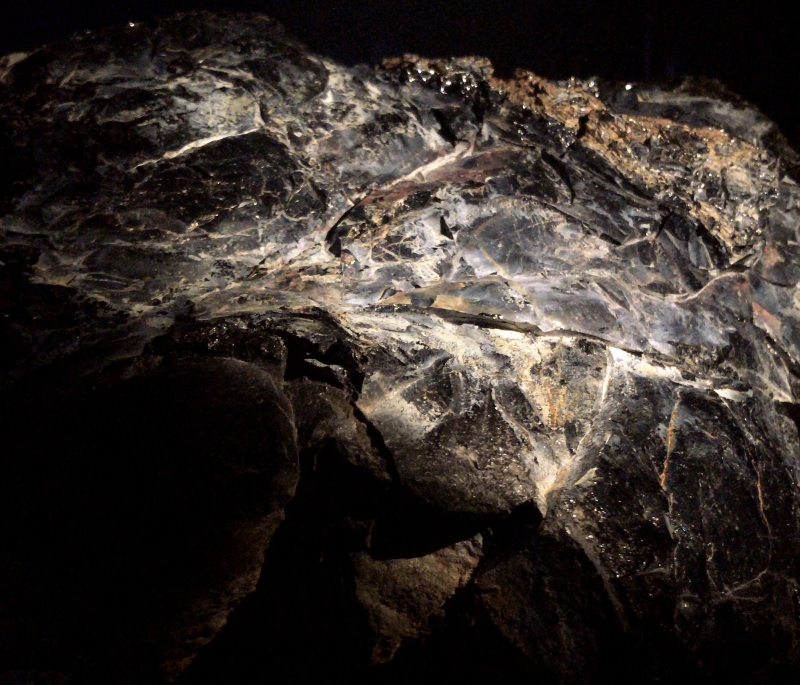
Time?
By Lina Haveland
What happens to the structure of our lives and surroundings in an “instant world”? Time is perceived through what we can touch, understand, sense and feel. If efficiency is our scale of time, are there any moments left for the slow? Speculation, waiting, doubt? The project discusses our relation to time and the consequences that follow, time is out of balance and there is an urgency to think about a longer now. The result explores time as a symbiosis of awareness, presence and patience, and from that new landscapes grow, both physically and mentally, for us and those who are not yet born.
HOW TO DESIGN FOR LONGTERM TIME BY USING THE SYMBIOSIS OF TIME AS A METHOD?
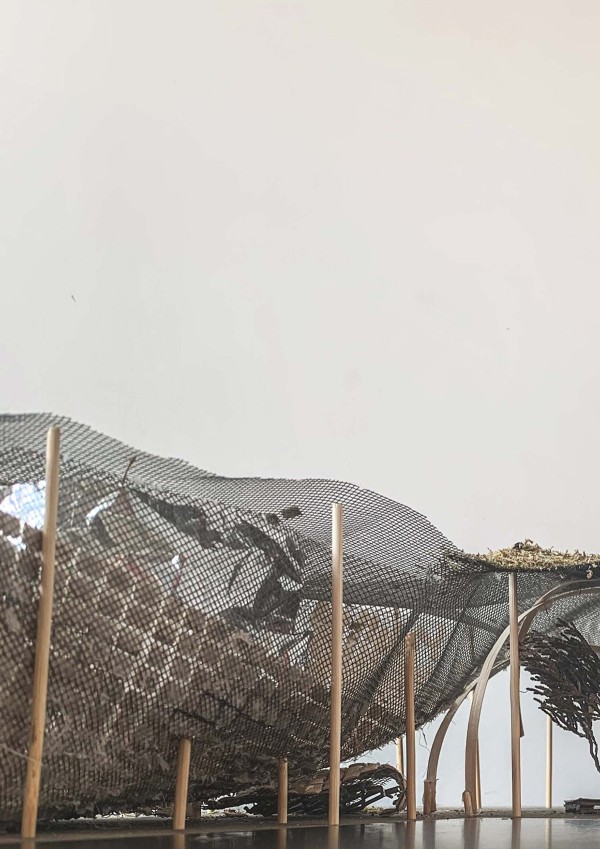
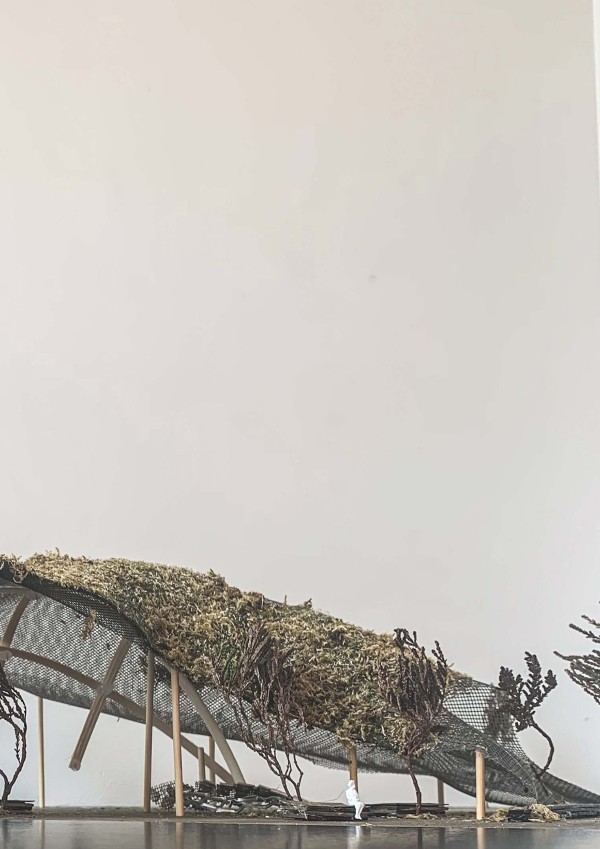
MODEL 1:100
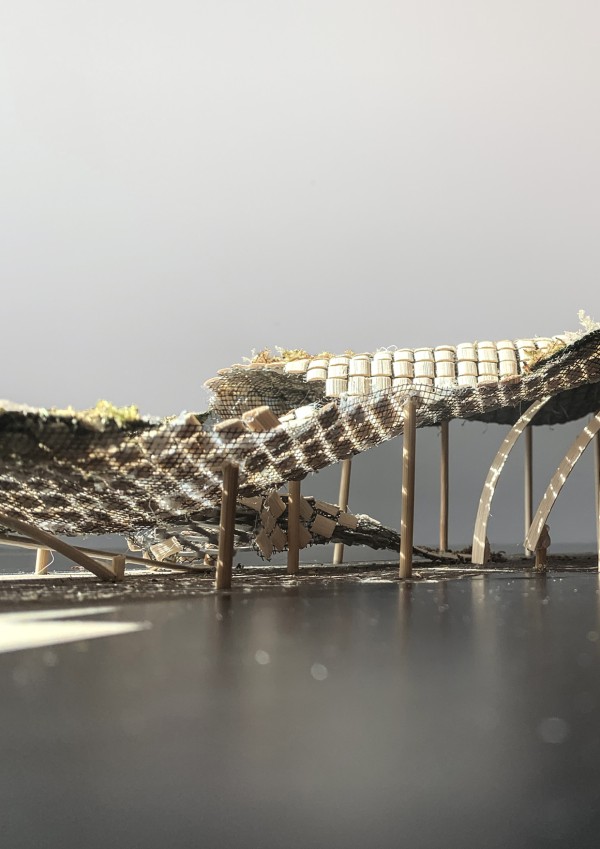


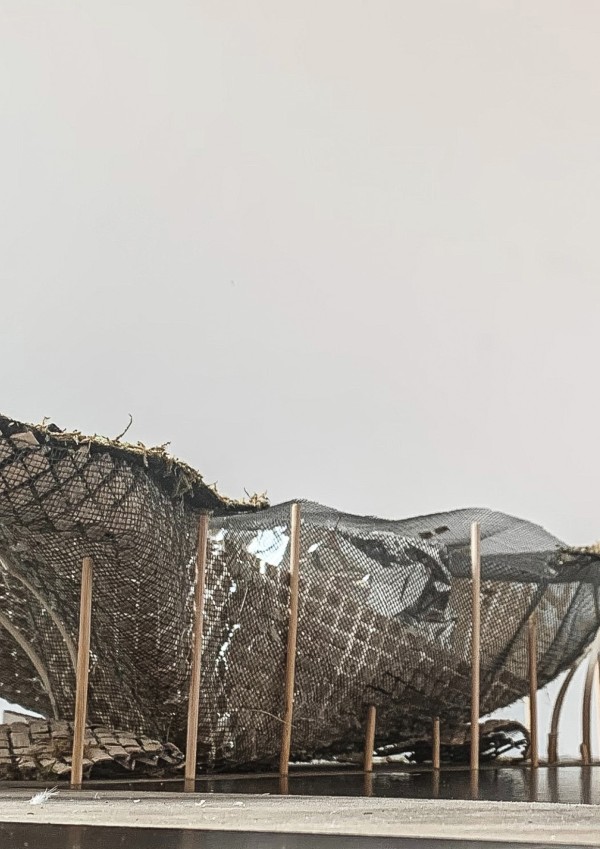
Our society is built around efficiency and as a result time has become something with an instrumental value. But what happens when space explodes and time implodes? The project "Time?" is based on our ability to ask questions. Wonder about the unknown, wait for the solution, wander through our thoughts, exist in the space in-between. It is the questions about time, throughout time and within time. These needs to be given room within design and architecture, time in a different scale than efficiency and money. "Time?" is an investigative project around the importance of variations of time. Both for us, and the field of design. In- between what already exists, the air- To get to know ourselves we need to reflect upon time, and to get to know time we need to reflect upon ourselves. "Time?" maps out time as a symbiosis as means of designing for long term thinking in our cities.
A symbiosis is a close relation between separate parts. Patience do not exist without presence and awareness, and awareness requires patience, they grow of of eacother. This symbiosis of presence, patience and awareness represents time as a symbioses and exist in two levels. The present level with our abilities, thoughts and feelings, and the second level with our surroundings speaking to the future and containing the past and the present. Uniting and bringing further time of generations making it possible to remember the past and the future. It gives attention to what has been and is, the presence of what is now, both object and building as a lifetime, and speculation trough what we still can not imagine. New surroundings, needs and adaptations.
GRAIN TURN INTO MOUNTAIN. MINUTES TOO YEARS. SOARING THOUGHTS TO ETERNAL DEEDS. NOTHING IS SMALL.Theodor Gottlieb von Hippel

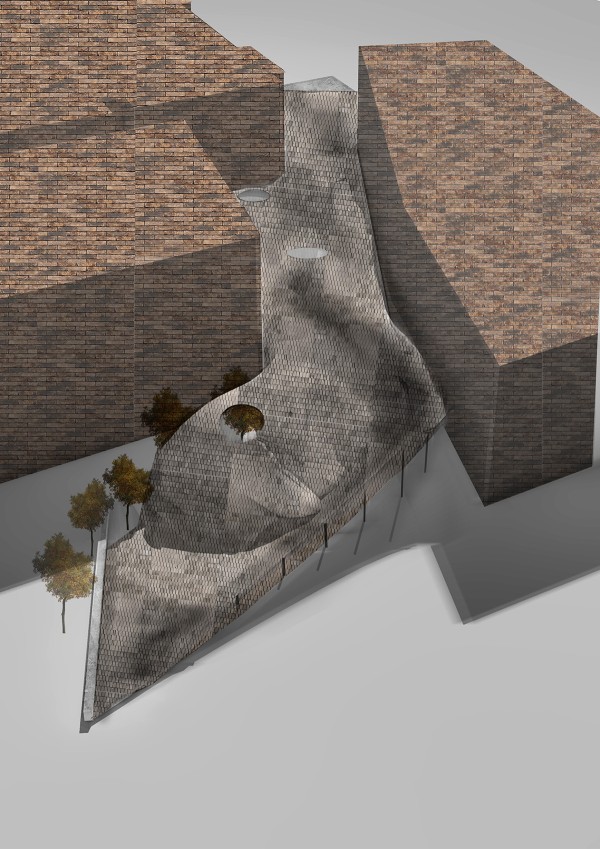
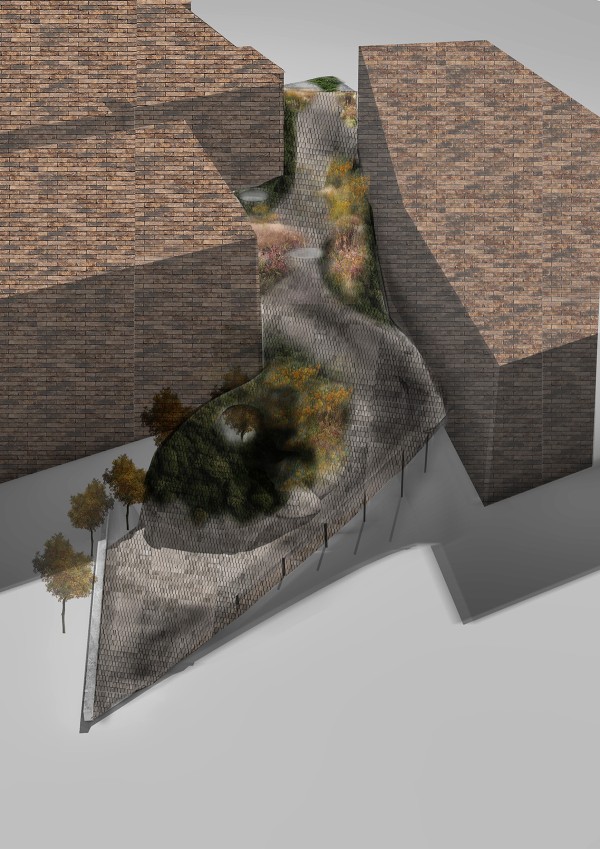
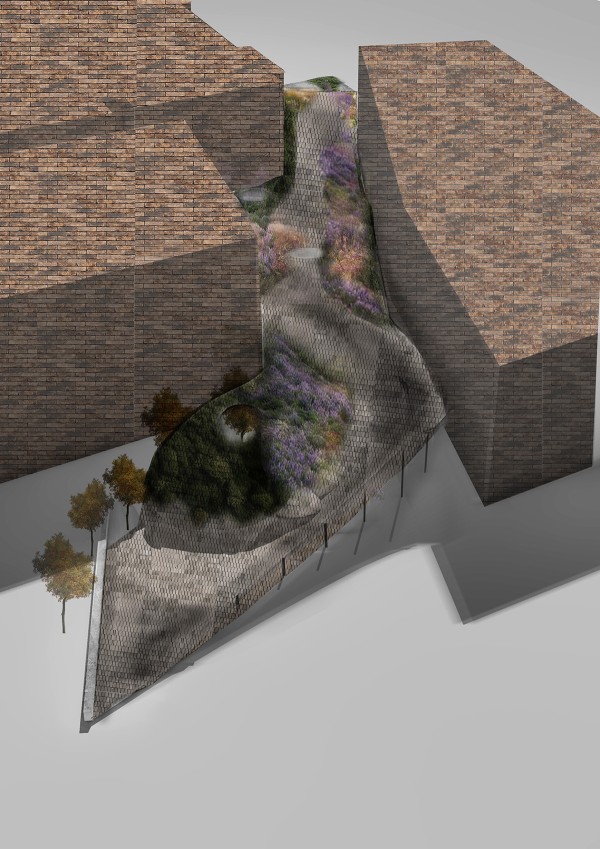
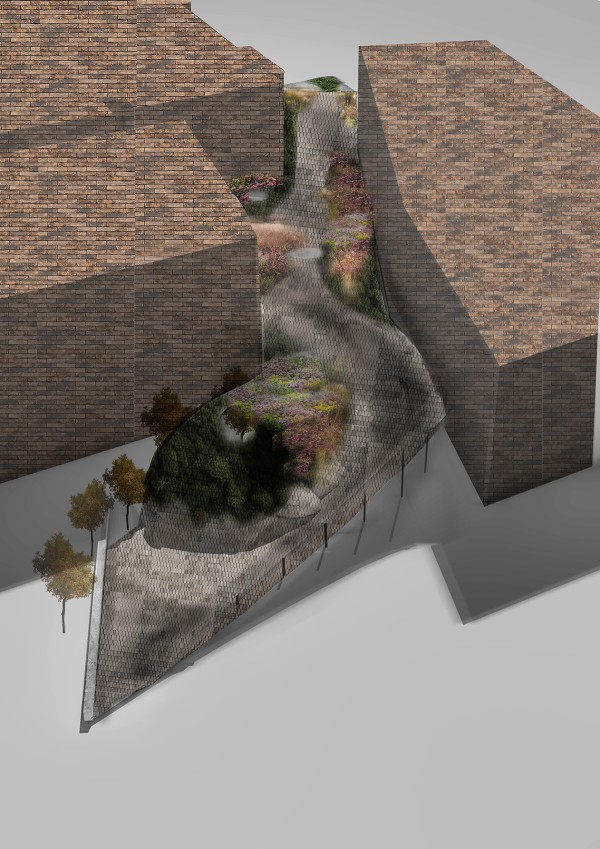
The landscape consists of a landscape of collumns, a carpet grid construction, moss and sedum changing with time.
THE RESULT
The result is the questions asked, the symbiosis of time, and all of it made visible in the city landscape located in Vågsallmenningen in Bergen. Time? is a city space landscape with three levels of time. Below, above and inside. As a curved line it extends between the buildings, making the air in-between become new spaces. In contrast to the surrounding environment it enhances the value of what remains an introduces something that appeals to more than the dominance of the eye. In the experience of the landscape, one can observe time through the movement, slow down time by directing your attention to the wander, or charge your batteries with just being there. The landscape changes time to something we can touch and feel. It is about the inner clock, the speculative and dreaming time, the physical time in the sun, the wind and nature, and to the deep time of the earth's origin. It is the wordless thoughts, the atmosphere, the steady movement, and the quiet moments in- between. The concept of time is represented in shapes, stories, emotions, thoughts and movements throughout the landscape. The light modulates, the flowers change color, and with them the thoughts wander of and changes one's perception of the world. On the inside one finds new questions, slow concepts, craftsmanship as a ritual character, interaction in the cultural, or engagement that runs across the city and highlight its variations. Permanently you can find rocks, a symbol of time. They are minutes and seconds that we count as time passes. They bath in light from the skylights and with the light modulating so will its shape, appealing to our imagination and reflection.
The landscape makes room for individual interpretations, it makes us aware of new angles, new perspectives and spaces. It maintains room for reflection to navigate complexity and uncertainty and this needs time. Its flexibility makes it possible to put up the landscape in spaces between existing buildings, and give areas new spaces within the existing. It gives a sense of belonging and makes time and space something visible, together with the material use. Its life span depends on the use, and as the landscape changes by the weather, so does it program. The ritual is within the visit, the minute, the hour or the duration. You will not experience it all at once, but its variations over time. Above, beneath or inside gives room for reflection, reaching for our attention, making us wait, be and touch, see and feel. Making time something present. Maybe, in the small moment away from everything else we could imagine something we haven't seen, and expand our thinking form short-term to long-term.
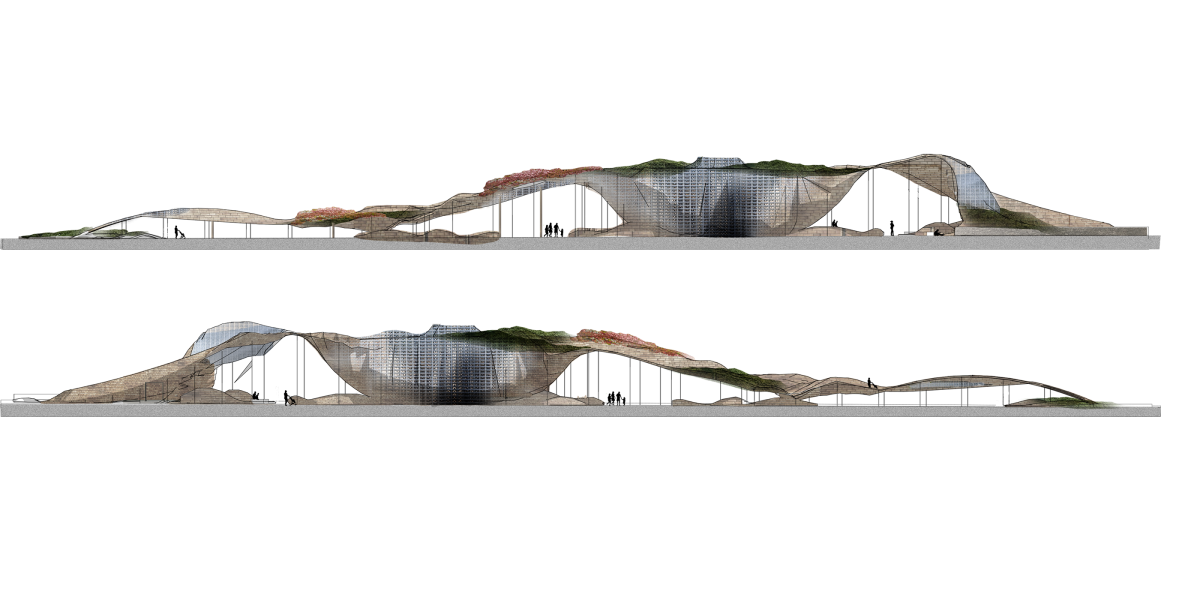
Making time something you can touch and feel
AWARENESS
Collective time-memories are built by awareness around the value of what remains, both for local and regional growth, poetic conservation and transformation. To remember the past and the future.
View our surrounings as a fragmented hollistic and contribute to a symbiosis of parts. Build an identity as a backdrop for our lives trough awareness around time, space and relation in our surroundings and with eachother.
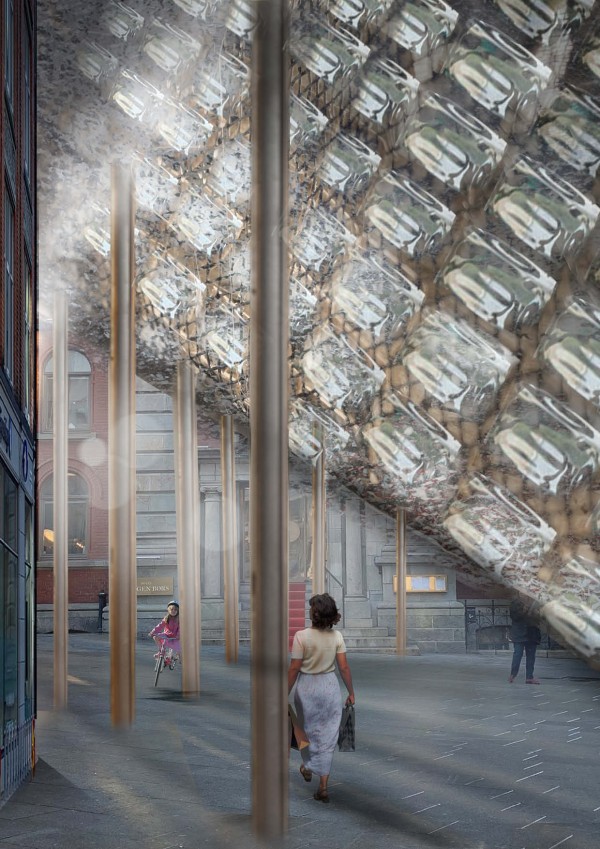
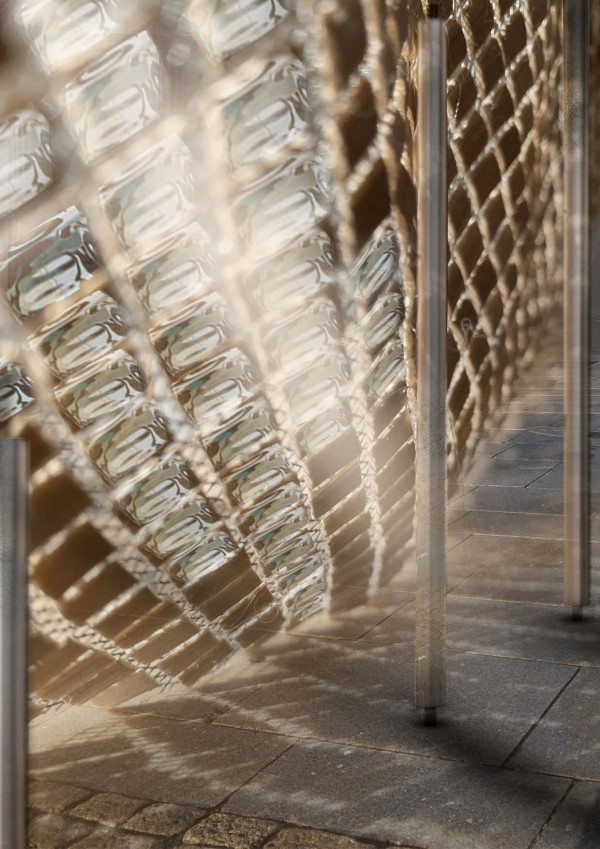
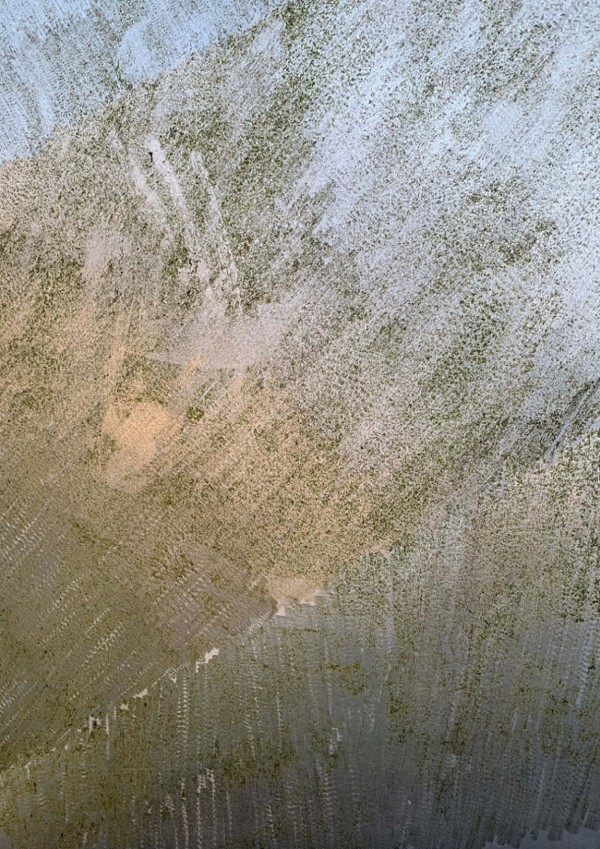
PRESENCE
Viewing aestetics as a temporal art, more than the dominance of the eye and immediate persuasion. Substantiate the aesthetic through cultivating perception through sensory experiences and intution by being.
Making contextuality visible by enhancing temporal nature and the perfect within the imperfect. Enhance presence through uniting function and lifetime so that objects can become subjects aging with us and develop a relation to life and death.. so that we can have it aswell.
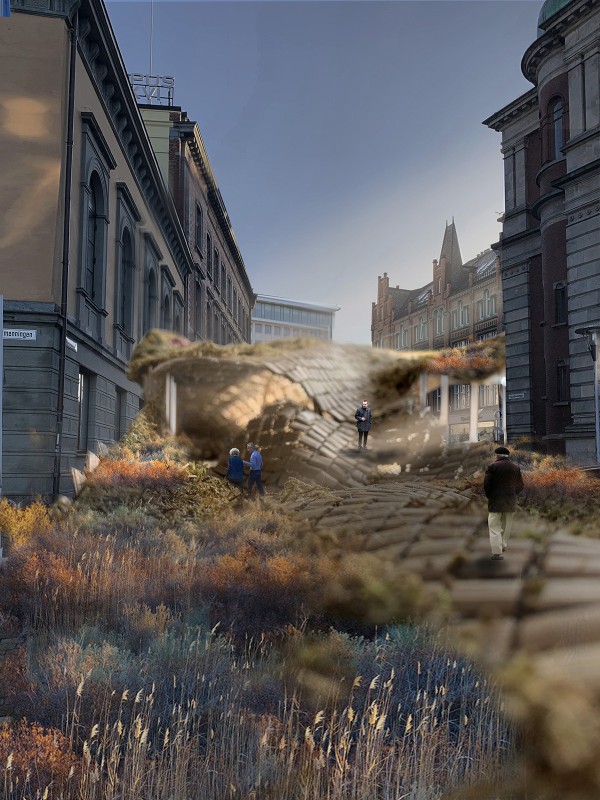
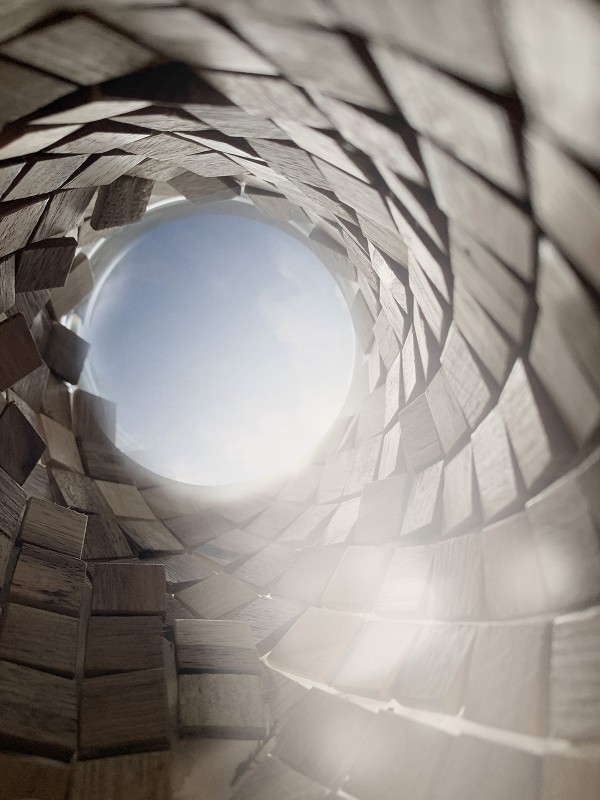
PATIENCE
Create new rituals by acknowledging waiting as a silent force in our lives, and enhancing patience as a human knowledge and ability.
Plan for long term time where we expand the collective imagination, engage the unrational and picture what we yet have not seen.
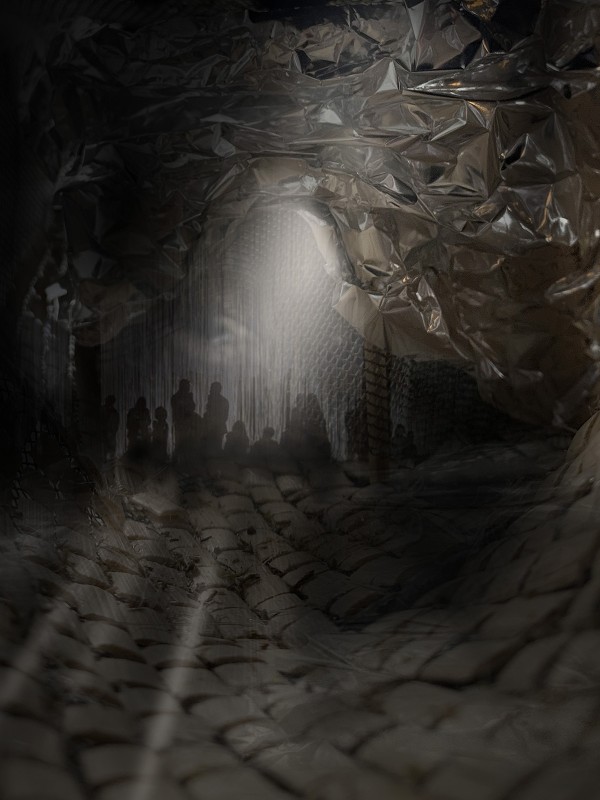
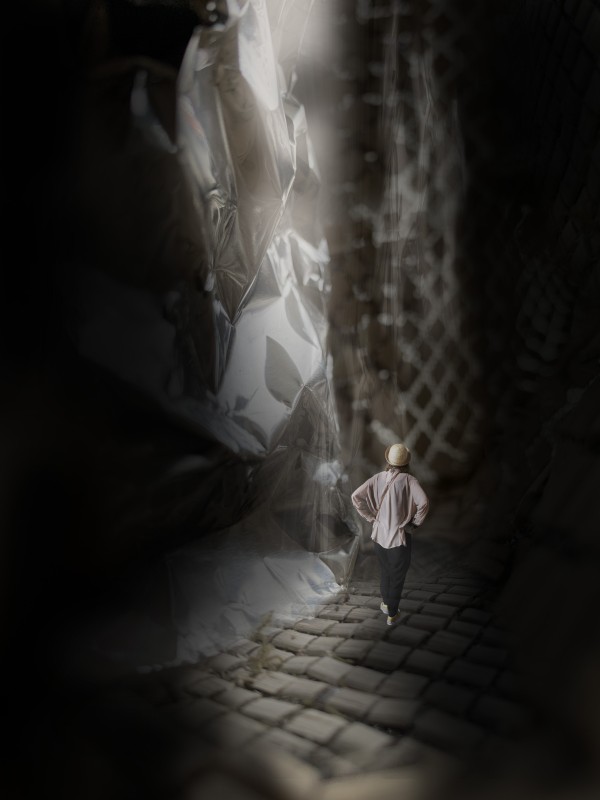
"WHAT THEN IS TIME? IF NO ONE ASKS ME, I KNOW WHAT IT IS. IF I WISH TO EXPLAIN IT TO HIM WHO ASKS, I DO NOT KNOW”Saint Augustine
Time is a concept hard to grasp, it is hard to understand and therefore also hard to use as a method. It is physics in terms of what time is, the quantifiable. It is psychology through the cognitive, how we perceive it and how we understand it. It is our internal clock. It is history in terms of happenings and situations. Anthropology through cultures understanding and manifestation. Time is essential in numerous of fields and from different angles, but it is also different layers in our lives. In our everyday lives, at work, in social media, wherever we are or move, physically and mentally. Time as we know it is measured by minutes, seconds and hours, and throughout time it has developed from something approximately to something extremely accurate. It is measured as the difference between to points, a specific time, date or year. Time depends on the question, but what is it that we measure. What is time?
Our ever accelerating temporal existence demands our attention. In order to act towards the future, and especially with bigger more complex matters, such as the climate crisis, AI and more, we are in need of a change from short-term to long-term thinking. We are now living in a society where we put our present on top. The world is ours, and everything we desire should happen instantly. In the future millions of people will inherit the planet and step into the 2200 century. In a time frame of a 100 000years, the next 50,000 will probably contain many millions more people than it has existed in the past and the present together. What does this say about their value, if we prioritize the present? Interacting with life with long-term thinking requires a different understanding than what we have today. We need initiatives from a cultural standpoint. Cultures form operating systems for our society. It is a foundation for research, politics, economics and technology. It helps shape what we feel, how we have empathy and how we relate to each other. It maintains room for reflection to navigate complexity and uncertainty, but it needs time. Something we seem to lack in the post modern society. If we want our species to have a long future, the air in between will be essential.
LEARN MORE: https://linahaveland.no
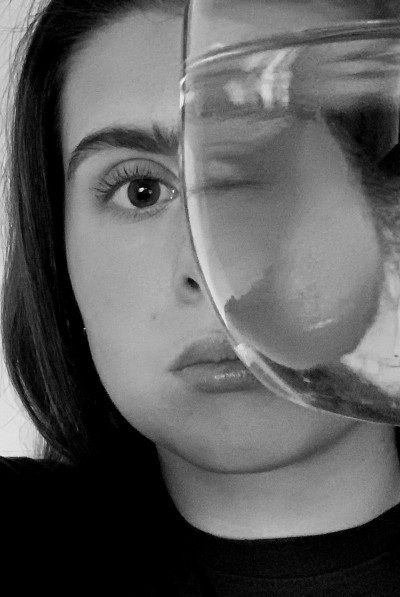
Lina Haveland (NO)
Lina Haveland is a designer based in Bergen, specialized in space and objects. She is the co-founder of Kamé, a design studio aiming to view design as lifecycles. She strives to speak a language that thrills our understanding afresh with questions, surroundings and objects. Lina exhibited her products during the design fair in Stockholm, Designer Saturday in Oslo and Interior and design fair in Bergen. Viewing design as means to understand the world in long term, and finding inspiration and motivation in the complexity of the world, interdisciplinary fields, she collaborates with others creating products and concepts, aiming for long term design. Lina is currently following the masters program in Design at the University of Bergen to explore our relation to time, as individuals and design practice.